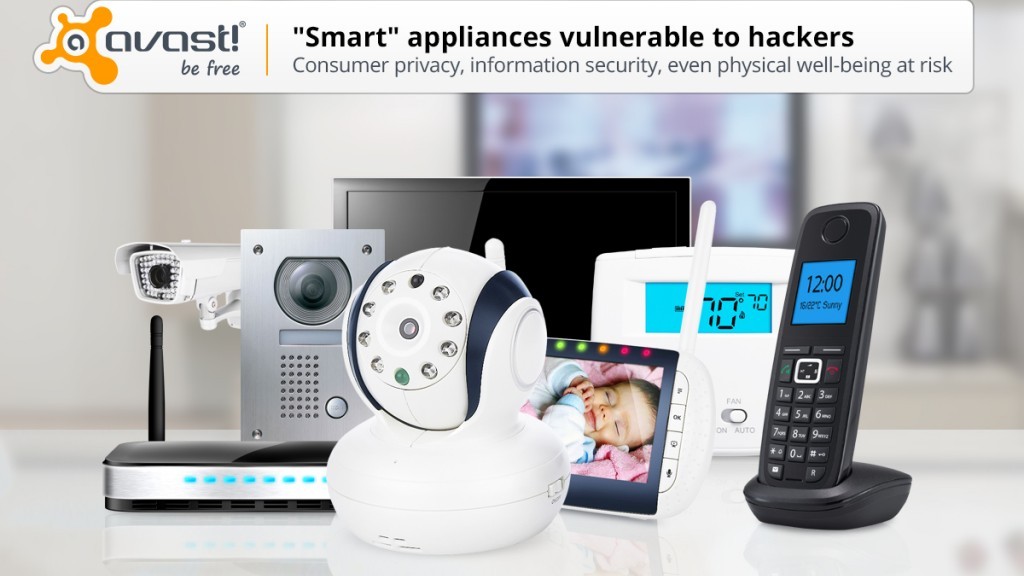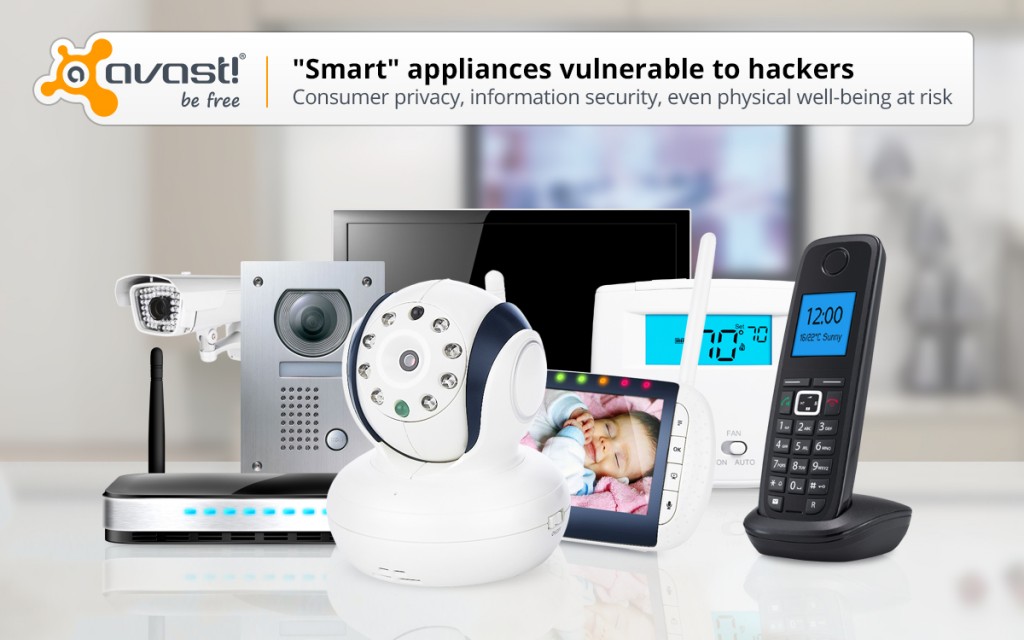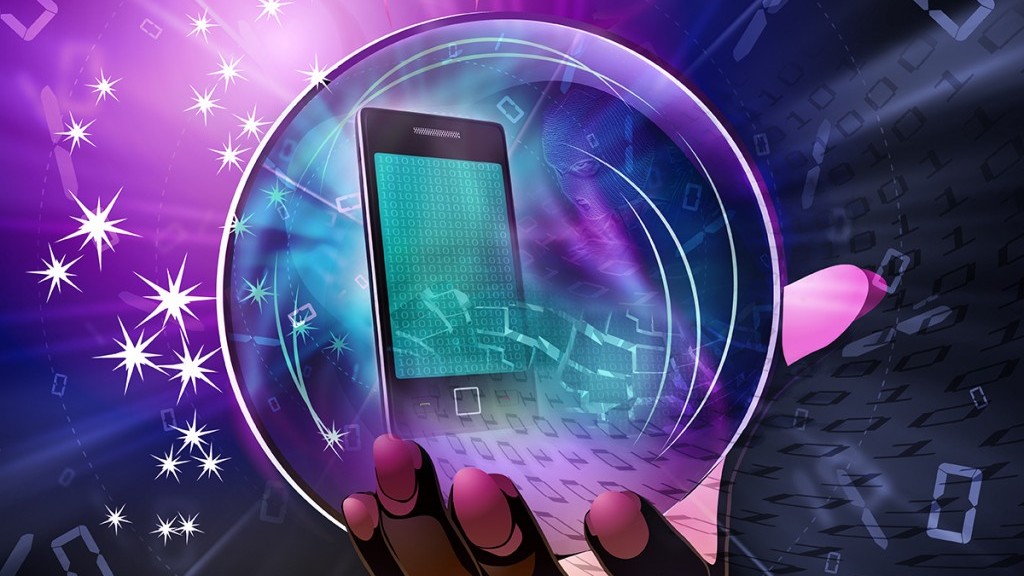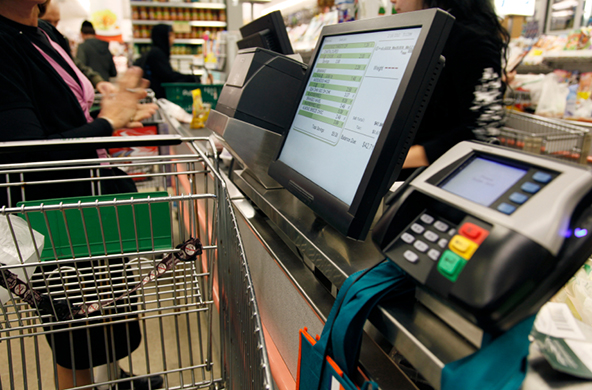Amazon is among the technology companies trying to seize the IoT space, and voice activation technology is a key part of the puzzle – as is artificial intelligence.
With its newly enhanced product, Amazon Echo (with Alexa), the company may do the trick, based on rave reviews amidst its recent (July 14) roll-out, which included going beyond beta phase and adding services. The device is now available to anyone, not just Amazon Prime members, who were the first to give it a try.
Basically, Echo is designed around the user’s voice, and is a hands-free speaker system that connects you to the outside world. It gradually adapts to the user’s voice and inflection.
It has seven microphones and the device connects to Alexa, a cloud-based voice service, to provide information, answer questions, play music, read the news, check sports scores or the weather, and more. So think of it as a smartphone service without the smartphone and you begin to get the picture…
Echo plays music from Amazon Music, Prime Music, Pandora, iHeartRadio, TuneIn, and other systems. If you want to wake up in the morning to Eye of the Tiger, just say “Alexa” and ask.
But there is more. For example, it’s compatible with Philips Hue connected-devices so that you can control lights and switches with your voice. As industry analyst Tim Bajarin wrote in his review on PC Magazine: “You can expect Amazon to get light switches, door locks, appliances, and more connected to the Echo so it becomes the central control point for an eventual home information and automation system.
Amazon is throwing serious money behind its voice recognition plans in hopes to become a key player. It has put $100 million dollars into The Alexa Fund to “fuel voice technology innovation.” So, the race is on.
It’s fascinating to me how IoT, voice commands, technology, convenience, and modern ideas are all converging. It’s an exciting time to be in tech, to be sure.
Finally, on a side note: I find intriguing that Alexa is again molded in a woman’s voice, soothing like Siri. Is this because all the programmers (or marketers) are trying to reach the key decision makers in the smart home – or were so frightened by HAL in Stanley Kubrick’s Space Odyssey and his representation of an AI-based future? But I’ll save that as a topic for another day…


![]()







